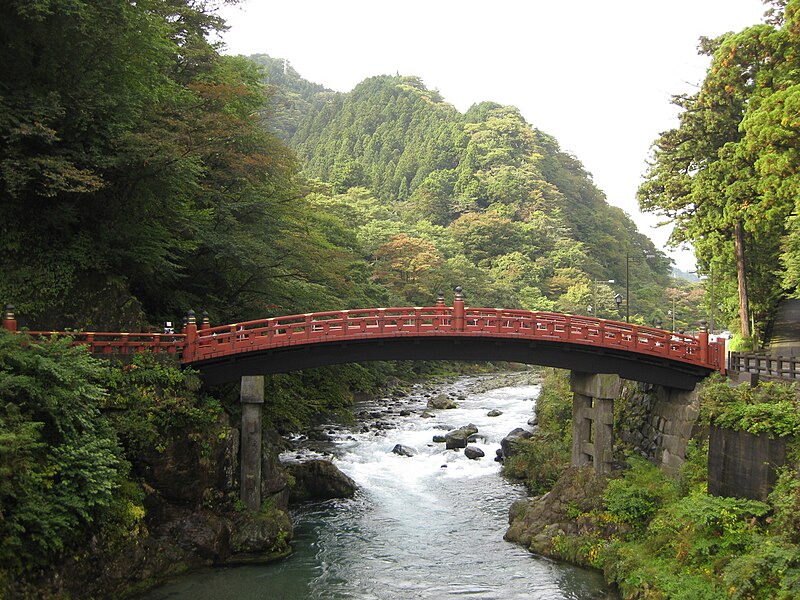Tamozawa Imperial Villa (田母沢御用邸) blends traditional Edo and early modern Meiji Period architecture throughout its 106 rooms. The villa was erected in Nikko in 1899, using parts of a residence that originally stood in Tokyo.
Before being moved to Nikko, the building served initially as the Tokyo residence of a branch of the Tokugawa family and was later temporarily used as the Imperial Palace. In Nikko, it was enlarged into a summer residence and retreat for the Imperial Family, but suffered neglect after World War II. In the year 2000, the villa was opened to the public after extensive renovation works.
In addition to the building's long line of illustrious occupants, Tamozawa Imperial Villa is one of the largest remaining wooden buildings in Japan. The interior of the villa is a curious mix of Japanese and Western styles. Many floors are carpeted, and elaborate chandeliers hang from the ceilings. Yet the villa's Japanese elements, such as sliding paper doors and tatami flooring are prominent as well.
Read On >>>
Before being moved to Nikko, the building served initially as the Tokyo residence of a branch of the Tokugawa family and was later temporarily used as the Imperial Palace. In Nikko, it was enlarged into a summer residence and retreat for the Imperial Family, but suffered neglect after World War II. In the year 2000, the villa was opened to the public after extensive renovation works.
In addition to the building's long line of illustrious occupants, Tamozawa Imperial Villa is one of the largest remaining wooden buildings in Japan. The interior of the villa is a curious mix of Japanese and Western styles. Many floors are carpeted, and elaborate chandeliers hang from the ceilings. Yet the villa's Japanese elements, such as sliding paper doors and tatami flooring are prominent as well.










